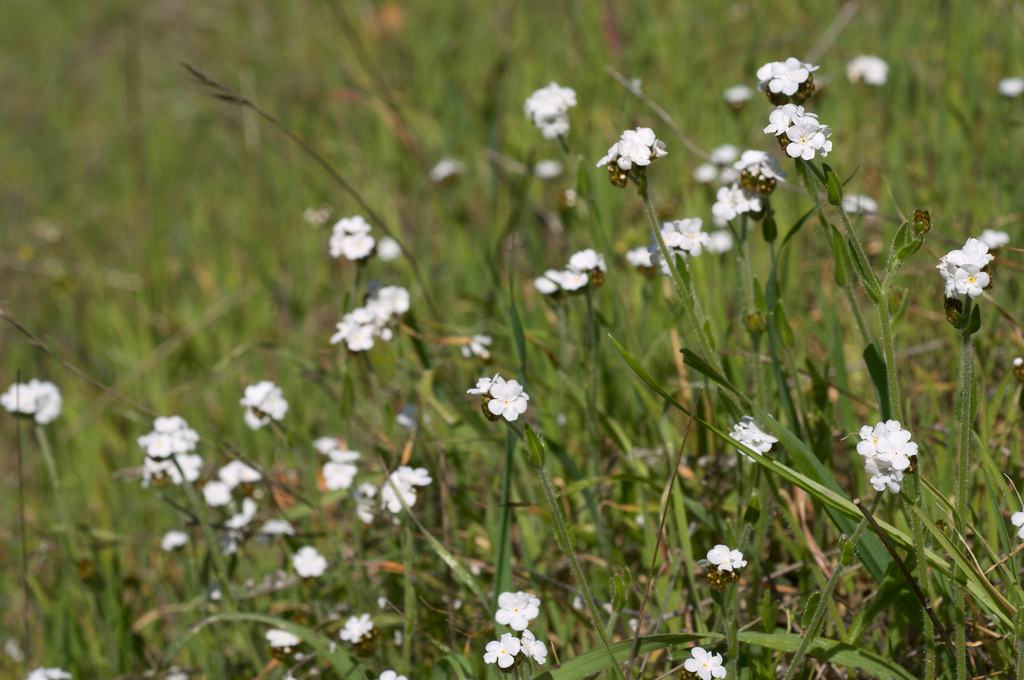Explanation of Terms
Angiosperm- Plant that produces seeds which are enclosed in some type of fruit; another name is Anthophyta (UC-Clermont Biology 2014)
Cotyledon- Food source for a zygote growing within a seed (Campbell et. al 2008)
Dicot- A plant which possesses, among other things: 2 cotyledons;
flower parts in 2, 4, or 5; vascular tissue bundles arranged in a
ring in the stem; and one main taproot (UC-Clermont Biology 2014).
Dicotyledon- A plant that has 2 cotyledons (Calflora 2014)
Gametophyte- The 1n generation of a plant; produces gametes through
mitosis (Campbell et. al 2008)
Meiosis- A special type of cell division in which 1, 2n-cell
produces 4, 1n-cells that are each genetically unique; the 4, 1n
daughter cells are called gametes (Campbell et. al 2008)
Mitosis- The most common type of cell division, in which 1, 2n-cell
replicates its DNA and chromosomes and divides into 2, 2n-cells
which are identical (Campbell et. al 2008)
Phloem- A type of plant vascular tissue which transports sugars and
hormones in the plant; it is living at functional maturity
(UC-Clermont Biology 2014, Campbell et. al 2008).
Pollen- Male gametophyte of a plant; formed when cells in the
anthers undergo meiosis (UC-Clermont Biology 2014).
Seed- An embryonic plant; it contains the developing diploid plant as well as a food source (the cotyledons) (Campbell et. al 2008).
Xylem- The second type of plant vascular tissue; it transports water
and minerals up from the ground and is dead at functional maturity
(UC-Clermont Biology 2014, Campbell et. al 2008).
